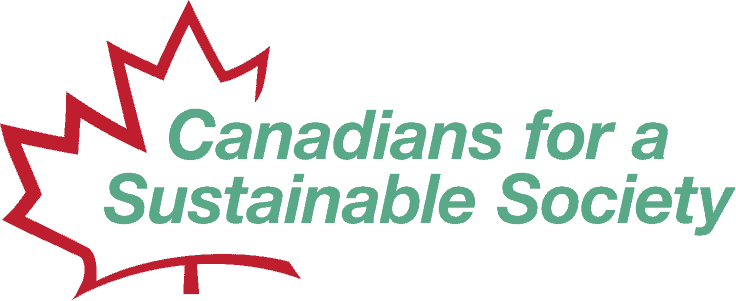Did you know?
- Less than ½ of 1% of Canada’s land is Class 1 farmland and more than half of this is in Ontario.
- Between 1996 and 2006 Ontario lost 600,000 acres of farmland (165 acres a day), which included 18% of Ontario’s class 1 farmland.
- Farming and food processing employs 700,000 people in Ontario.
When farmland is taken over by housing and other urban elements, it creates a situation known as urban sprawl. Everyone agrees that sprawl is undesirable . It results in unhealthy lifestyles, chronic traffic jams, long commute times and the unnecessary loss of farmland and natural areas.
It is also the most costly form of development, due to the fact that greater lengths of road, water main, sewer pipe, hydro line and other utilities are needed per household in low-density areas. Expensive new water and waste treatment plants can also be required when new development leapfrogs over green space or cannot be linked to existing infrastructure. Effective public transit is costly or impractical.
If we know all of this, why does sprawl continue to occur?
Developers find it more profitable to build in rural rather than in already urbanized areas, and there are many policies and financial incentives that unintentionally encourage sprawl.
Development charges, which are charged to developers and are theoretically intended to recover development costs for municipalities, generally ignore the effects of density and location. (The same charge is levied no matter the size or location of the lot.)
Property taxes, water and hydro rates, parking charges and car insurance also fail to reflect actual costs, which vary with location, density and levels of consumption. The consequence is that taxpayers in general, and homebuyers in more efficient areas, are forced to subsidize less efficient forms of development.
In order to change development patterns, we must address the hidden subsidies and market distortions that drive urban sprawl .

